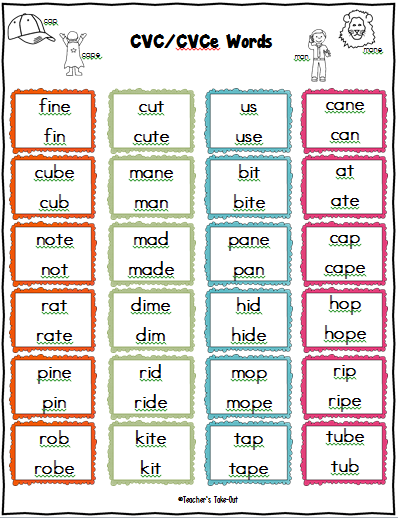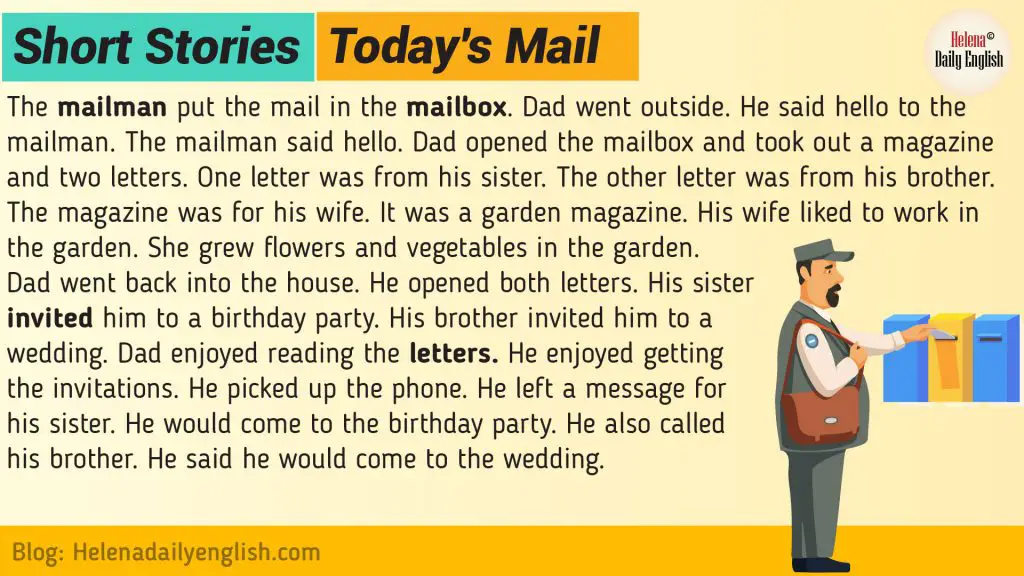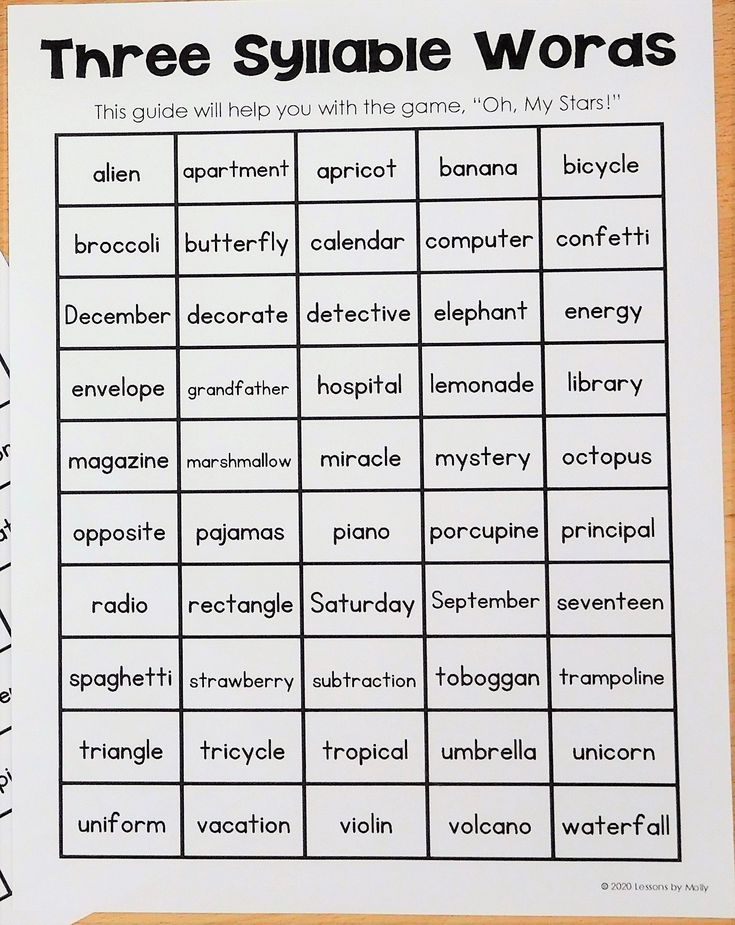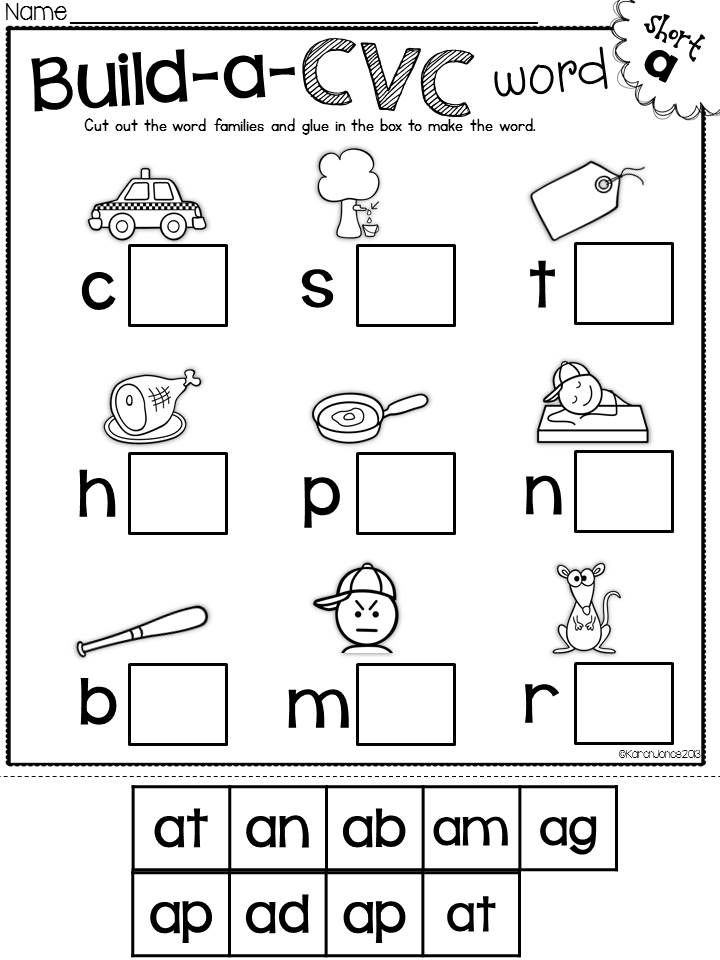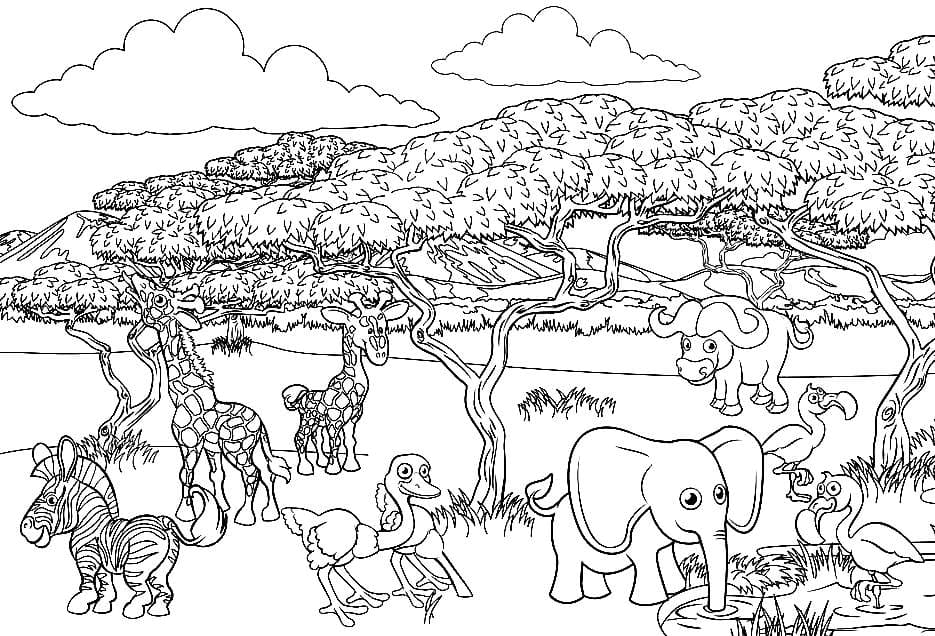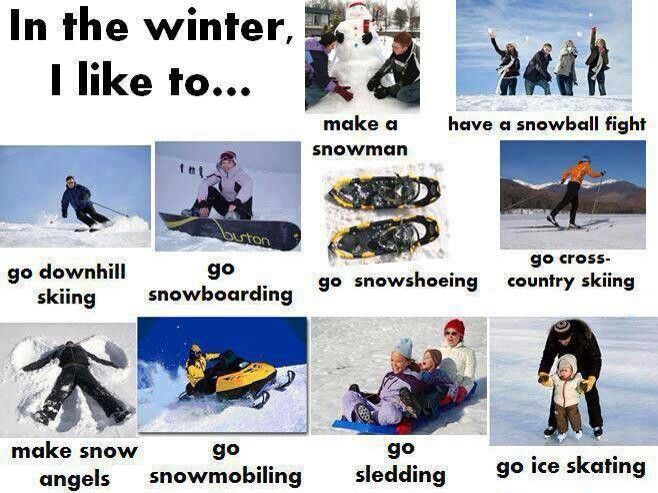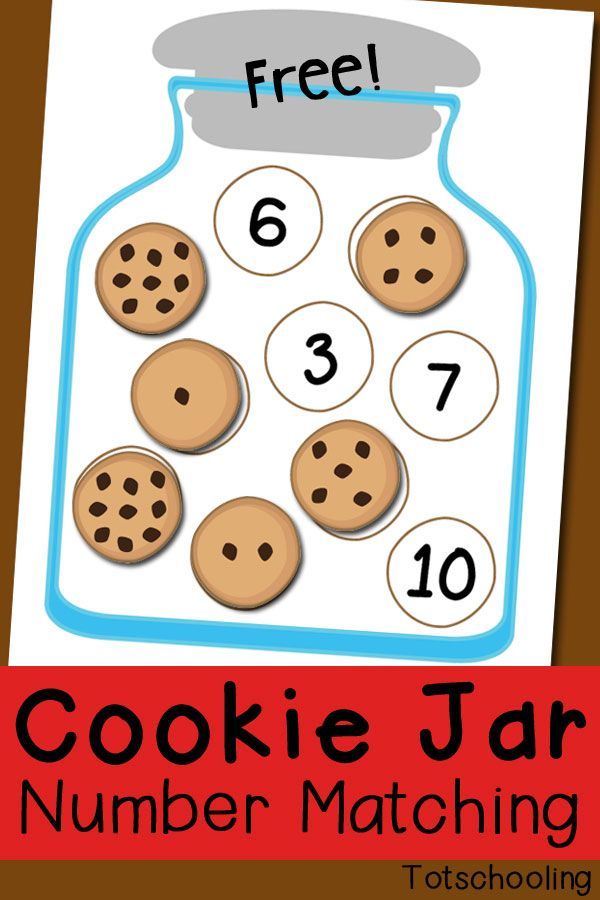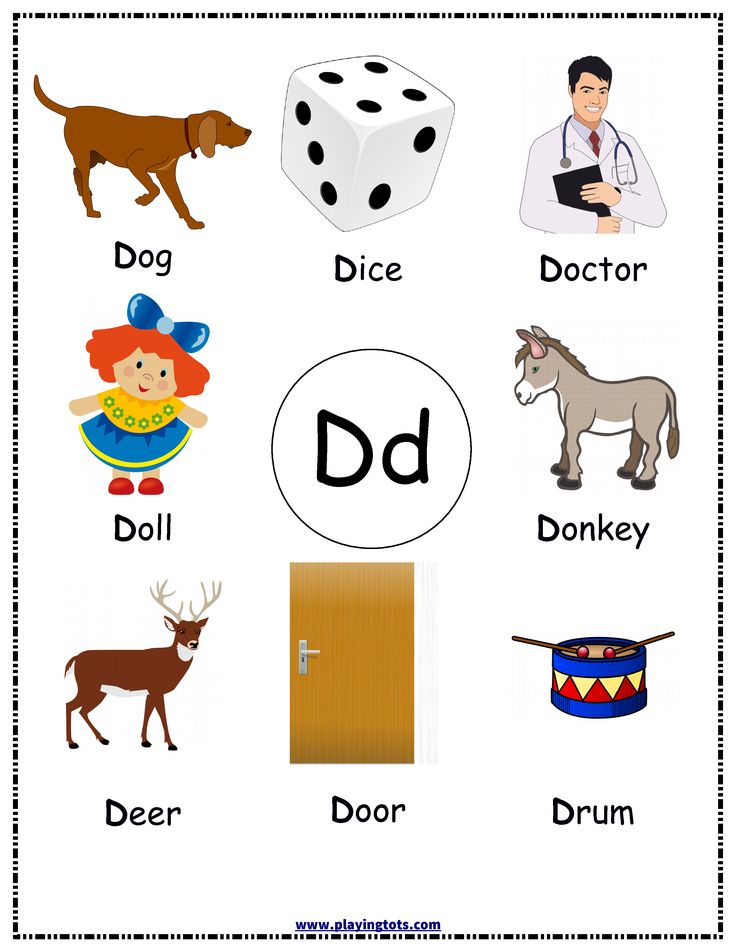What words have the long a sound
Long A Sound, List of Long A Words and Worksheets
Leave a Comment
- Share
- Tweet
The long a sound can be spelled several ways. The magic e or final e and the open syllable are the most common ways. In addition, the long a sound can be represented in 2 vowel teams (“ai” and “ay”). Of course, there will be exceptions or odd balls- the irregular vowel team (“ei”).
Five Ways to Spell the Long A Sound
- Magic E (VCe or a_e)
- Vowel Team – AI
- Vowel Team – AY
- Irregular Vowel Team – EI
- Open Syllable – Long A
The magic E rule states when a word contains the letter “e” at the end, it is usually silent and the preceding vowel says its name (long sound), e.g., cake and date.
The vowel team rule states when two vowels go walking the first does the talking and the second vowel is silent. The combination of both an “a” and an “i” (double vowels) results in the long a sound. There are many AI words, e.g., maid, brain and paint.
As noted above, when two vowels go walking the first does the talking. The combination of both an “a” and “y” can result in the long a sound. The AY words, e.g., day and say, are not as plentiful as the AI words.
The vowel team rule states when two vowels go walking the first does the talking and the second vowel is silent. Like most things in life, there are exceptions. The combination of the vowels “e” and “i” can result in the long a sound, e.g., eight, sleigh, neigh and weigh.
An open syllable occurs when a vowel is at the end of the syllable (it is not closed by a consonant), e.g., A/pril and ha/zy.
Long A Words
The table below contains 169 long A words. The words are categorized into one of the five ways the long a sound can be spelled – Magic E Rule, Vowel Teams (2), Irregular Vowel Team and Open Syllable.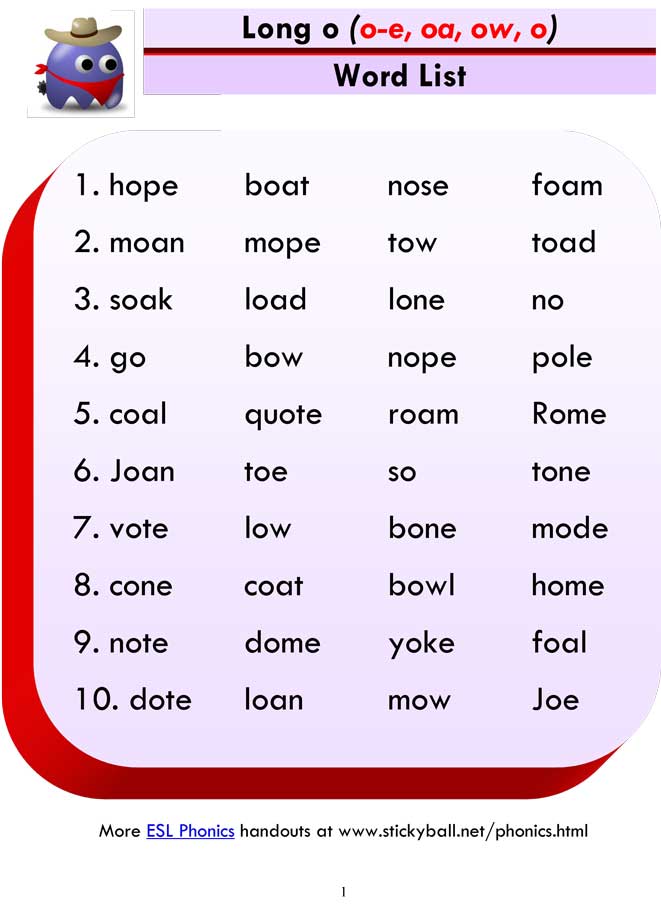
| Long A Words | Category | Word Family / Sound |
|---|---|---|
| able | Open Syllable Rule | initial sound |
| ace | Magic E Rule | -ace |
| acorn | Open Syllable Rule | initial sound |
| acre | Open Syllable Rule | initial sound |
| afraid | Open Syllable Rule / Vowel Team - AI | initial sound / -aid |
| age | Magic E Rule | -age |
| agent | Open Syllable Rule | initial sound |
| ail | Vowel Team - AI | -ail |
| aim | Vowel Team - AI | -aim |
| ale | Magic E Rule | -ale |
| angel | Open Syllable Rule | initial sound |
| ape | Magic E Rule | -ape |
| apex | Open Syllable Rule | initial sound |
| apricot | Open Syllable Rule | initial sound |
| April | Open Syllable Rule | initial sound |
| apron | Open Syllable Rule | initial sound |
| Asia | Open Syllable Rule | initial sound |
| ate | Magic E Rule | -ate |
| baby | Open Syllable Rule | medial sound |
| bade | Magic E Rule | -ade |
| bail | Vowel Team - AI | -ail |
| bait | Vowel Team - AI | -ait |
| bake | Magic E Rule | -ake |
| bale | Magic E Rule | -ale |
| bane | Magic E Rule | -ane |
| base | Magic E Rule | -ase |
| basic | Open Syllable Rule | medial sound |
| basis | Open Syllable Rule | medial sound |
| baste | Magic E Rule | -aste |
| bay | Vowel Team - AY | -ay |
| blade | Magic E Rule | -ade |
| blame | Magic E Rule | -ame |
| blaze | Magic E Rule | -aze |
| brace | Magic E Rule | -ace |
| braid | Vowel Team - AI | -aid |
| brain | Vowel Team - AI | -ain |
| braise | Vowel Team - AI | -aise |
| brake | Magic E Rule | -ake |
| brave | Magic E Rule | -ave |
| bray | Vowel Team - AY | -ay |
| cage | Magic E Rule | -age |
| cake | Magic E Rule | -ake |
| came | Magic E Rule | -ame |
| cane | Magic E Rule | -ane |
| cape | Magic E Rule | -ape |
| case | Magic E Rule | -ase |
| cave | Magic E Rule | -ave |
| chain | Vowel Team - AI | -ain |
| chaise | Vowel Team - AI | -aise |
| chase | Magic E Rule | -ase |
| chaste | Magic E Rule | -aste |
| claim | Vowel Team - AI | -aim |
| clay | Vowel Team - AY | -ay |
| crane | Magic E Rule | -ane |
| crate | Magic E Rule | -ate |
| crave | Magic E Rule | -ave |
| craze | Magic E Rule | -aze |
| crazy | Open Syllable Rule | medial sound |
| dale | Magic E Rule | -ale |
| dame | Magic E Rule | -ame |
| date | Magic E Rule | -ate |
| Dave | Magic E Rule | -ave |
| day | Vowel Team - AY | -ay |
| daze | Magic E Rule | -aze |
| detail | Vowel Team - AI | -ail |
| drain | Vowel Team - AI | -ain |
| drake | Magic E Rule | -ake |
| drape | Magic E Rule | -ape |
| eight | Irregular Vowel Team - EI | - |
| enable | Open Syllable Rule | medial sound |
| equator | Open Syllable Rule | medial sound |
| explain | Vowel Team - AI | -ain |
| face | Magic E Rule | -ace |
| fade | Magic E Rule | -ade |
| fail | Vowel Team - AI | -ail |
| faint | Vowel Team - AI | -aint |
| fake | Magic E Rule | -ake |
| fame | Magic E Rule | -ame |
| fate | Magic E Rule | -ate |
| faze | Magic E Rule | -aze |
| flail | Vowel Team - AI | -ail |
| flake | Magic E Rule | -ake |
| flame | Magic E Rule | -ame |
| flavor | Open Syllable Rule | medial sound |
| frail | Vowel Team - AI | -ail |
| frame | Magic E Rule | -ame |
| fray | Vowel Team - AY | -ay |
| gage | Magic E Rule | -age |
| Gail | Vowel Team - AI | -ail |
| gain | Vowel Team - AI | -ain |
| gait | Vowel Team - AI | -ait |
| gale | Magic E Rule | -ale |
| game | Magic E Rule | -ame |
| gape | Magic E Rule | -ape |
| gate | Magic E Rule | -ate |
| gave | Magic E Rule | -ave |
| gay | Vowel Team - AY | -ay |
| gaze | Magic E Rule | -aze |
| glade | Magic E Rule | -ade |
| glaze | Magic E Rule | -aze |
| grace | Magic E Rule | -ace |
| grade | Magic E Rule | -ade |
| grain | Vowel Team - AI | -ain |
| grape | Magic E Rule | -ape |
| grate | Magic E Rule | -ate |
| grave | Magic E Rule | -ave |
| gravy | Open Syllable Rule | medial sound |
| gray | Vowel Team - AY | -ay |
| graze | Magic E Rule | -aze |
| hail | Vowel Team - AI | -ail |
| hale | Magic E Rule | -ale |
| haste | Magic E Rule | -aste |
| hate | Magic E Rule | -ate |
| hay | Vowel Team - AY | -ay |
| haze | Magic E Rule | -aze |
| hazy | Open Syllable Rule | medial sound |
| jade | Magic E Rule | -ade |
| jail | Vowel Team - AI | -ail |
| Jake | Magic E Rule | -ake |
| Jane | Magic E Rule | -ane |
| jay | Vowel Team - AY | -ay |
| Kate | Magic E Rule | -ate |
| label | Open Syllable Rule | medial sound |
| labor | Open Syllable Rule | medial sound |
| lace | Magic E Rule | -ace |
| ladle | Open Syllable Rule | medial sound |
| lady | Open Syllable Rule | medial sound |
| laid | Vowel Team - AI | -aid |
| lain | Vowel Team - AI | -ain |
| lake | Magic E Rule | -ake |
| lame | Magic E Rule | -ame |
| lane | Magic E Rule | -ane |
| late | Magic E Rule | -ate |
| lay | Vowel Team - AY | -ay |
| lazy | Open Syllable Rule | medial sound |
| mace | Magic E Rule | -ace |
| made | Magic E Rule | -ade |
| maid | Vowel Team - AI | -aid |
| Vowel Team - AI | -ail | |
| maim | Vowel Team - AI | -aim |
| main | Vowel Team - AI | -ain |
| make | Magic E Rule | -ake |
| male | Magic E Rule | -ale |
| mane | Magic E Rule | -ane |
| mate | Magic E Rule | -ate |
| may | Vowel Team - AY | -ay |
| maze | Magic E Rule | -aze |
| nail | Vowel Team - AI | -ail |
| name | Magic E Rule | -ame |
| nape | Magic E Rule | -ape |
| navy | Open Syllable Rule | medial sound |
| nay | Vowel Team - AY | -ay |
| neigh | Irregular Vowel Team - EI | -eigh |
| obtain | Vowel Team - AI | -ain |
| okay | Vowel Team - AY | -ay |
| pace | Magic E Rule | -ace |
| page | Magic E Rule | -age |
| paid | Vowel Team - AI | -aid |
| pail | Vowel Team - AI | -ail |
| pain | Vowel Team - AI | -ain |
| paint | Vowel Team - AI | -aint |
| pale | Magic E Rule | -ale |
| pane | Magic E Rule | -ane |
| paper | Open Syllable Rule | medial sound |
| paste | Magic E Rule | -aste |
| pave | Magic E Rule | -ave |
| pay | Vowel Team - AY | -ay |
| place | Magic E Rule | -ace |
| plain | Vowel Team - AI | -ain |
| plane | Magic E Rule | -ane |
| plate | Magic E Rule | -ate |
| play | Vowel Team - AY | -ay |
| potato | Open Syllable Rule | medial sound |
| praise | Vowel Team - AI | -aise |
| pray | Vowel Team - AY | -ay |
| quail | Vowel Team - AI | -ail |
| quaint | Vowel Team - AI | -aint |
| quake | Magic E Rule | -ake |
| quay | Vowel Team - AY | -ay |
| race | Magic E Rule | -ace |
| radio | Open Syllable Rule | medial sound |
| rage | Magic E Rule | -age |
| raid | Vowel Team - AI | -aid |
| rail | Vowel Team - AI | -ail |
| rain | Vowel Team - AI | -ain |
| raise | Vowel Team - AI | -aise |
| rake | Magic E Rule | -ake |
| rate | Magic E Rule | -ate |
| rave | Magic E Rule | -ave |
| ray | Vowel Team - AY | -ay |
| raze | Magic E Rule | -aze |
| relation | Open Syllable Rule | medial sound |
| remain | Vowel Team - AI | -ain |
| sage | Magic E Rule | -age |
| sail | Vowel Team - AI | -ail |
| saint | Vowel Team - AI | -aint |
| sale | Magic E Rule | -ale |
| same | Magic E Rule | -ame |
| sane | Magic E Rule | -ane |
| save | Magic E Rule | -ave |
| say | Vowel Team - AY | -ay |
| scale | Magic E Rule | -ale |
| scrape | Magic E Rule | -ape |
| shade | Magic E Rule | -ade |
| shake | Magic E Rule | -ake |
| shale | Magic E Rule | -ale |
| shame | Magic E Rule | -ame |
| shape | Magic E Rule | -ape |
| shave | Magic E Rule | -ave |
| skate | Magic E Rule | -ate |
| slain | Vowel Team - AI | -ain |
| slave | Magic E Rule | -ave |
| slay | Vowel Team - AY | -ay |
| sleigh | Irregular Vowel Team - EI | -eigh |
| snail | Vowel Team - AI | -ail |
| snake | Magic E Rule | -ake |
| space | Magic E Rule | -ace |
| spade | Magic E Rule | -ade |
| Spain | Vowel Team - AI | -ain |
| sprain | Vowel Team - AI | -ain |
| spray | Vowel Team - AY | -ay |
| stage | Magic E Rule | -age |
| stain | Vowel Team - AI | -ain |
| stake | Magic E Rule | -ake |
| stale | Magic E Rule | -ale |
| state | Magic E Rule | -ate |
| station | Open Syllable Rule | medial sound |
| stave | Magic E Rule | -ave |
| stay | Vowel Team - AY | -ay |
| strain | Vowel Team - AI | -ain |
| strait | Vowel Team - AI | -ait |
| stray | Vowel Team - AY | -ay |
| sway | Vowel Team - AY | -ay |
| table | Open Syllable Rule | medial sound |
| tablecloth | Open Syllable Rule | medial sound |
| tail | Vowel Team - AI | -ail |
| taint | Vowel Team - AI | -aint |
| take | Magic E Rule | -ake |
| tale | Magic E Rule | -ale |
| tame | Magic E Rule | -ame |
| tape | Magic E Rule | -ape |
| taste | Magic E Rule | -aste |
| tomato | Open Syllable Rule | medial sound |
| trace | Magic E Rule | -ace |
| trade | Magic E Rule | -ade |
| trail | Vowel Team - AI | -ail |
| train | Vowel Team - AI | -ain |
| trait | Vowel Team - AI | -ait |
| tray | Vowel Team - AY | -ay |
| vacation | Open Syllable Rule | medial sound |
| vain | Vowel Team - AI | -ain |
| vane | Magic E Rule | -ane |
| vapor | Open Syllable Rule | medial sound |
| vase | Magic E Rule | -ase |
| vibration | Open Syllable Rule | medial sound |
| volcano | Open Syllable Rule | medial sound |
| wade | Magic E Rule | -ade |
| wage | Magic E Rule | -age |
| wail | Vowel Team - AI | -ail |
| wain | Vowel Team - AI | -ain |
| wait | Vowel Team - AI | -ait |
| wake | Magic E Rule | -ake |
| wane | Magic E Rule | -ane |
| waste | Magic E Rule | -aste |
| wave | Magic E Rule | -ave |
| way | Vowel Team - AY | -ay |
| weigh | Irregular Vowel Team - EI | -eigh |
| whale | Magic E Rule | -ale |
| x-ray | Vowel Team - AY | -ay |
Long A Worksheets
We created 30 worksheets to assist a child in learning the various ways the long A sound can be spelled.
| Long A Worksheets | Long A Words |
|---|---|
| Magic E Worksheet 1 | lace, face, pace & race |
| Magic E Worksheet 2 | cage, page & stage |
| Magic E Worksheet 3 | bake, cake, make, rake, take & snake |
| Magic E Worksheet 4 | came, game, name, same, flame & blame |
| Magic E Worksheet 5 | made, trade & grade |
| Magic E Worksheet 6 | Jane, crane, cane & plane |
| Magic E Worksheet 7 | cape, gape, tape, grape & ape |
| Magic E Worksheet 8 | date, fate, late & gate |
| Magic E Worksheet 9 | haste, paste, waste & taste |
| Magic E Worksheet 10 | Dave, cave, gave & wave |
| Magic E Worksheet 11 | male, sale, scale & whale |
| Magic E Worksheet 12 | chase, case, base & vase |
| Magic E Worksheet 13 | daze, faze, maze, graze & blaze |
| AI worksheet 1 | laid, raid, staid, maid, paid & braid |
| AI worksheet 2 | hail, mail, tail & pail |
| AI worksheet 3 | jail, bail, fail & wail |
| AI worksheet 4 | Gail, quail, flail & trail |
| AI worksheet 5 | rail, nail, sail & snail |
| AI worksheet 6 | gain, main, pain, rain & vain |
| AI worksheet 7 | chain, brain, plain, grain & train |
| AY Worksheet 1 | bay, ray, day, say & okay |
| AY worksheet 2 | hay, jay, may, lay, way & pay |
| AY worksheet 3 | spray, gray, stray, pray & tray |
| AY worksheet 4 | clay, play, sway, stay & x-ray |
| AY worksheet 5 | gay, nay, quay, bray & fray |
| AI and AY worksheet 1 | pay, paid, stay, staid, lay & laid |
| EI Worksheet 1 | eight, neigh, sleigh & weigh |
| Homophone Worksheet | ate, eight, way & weigh |
| Open Syllable Worksheet 1 | able, acorn, also & April |
| Open Sylllable Worksheet 2 | baby, lady, table & gravy |
Source: Fry, E.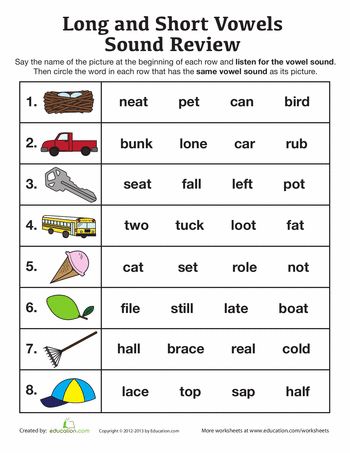 B., Ph.D. & Kress, J.E., Ed.D. (2006). The Reading
B., Ph.D. & Kress, J.E., Ed.D. (2006). The Reading
Teacher’s Book of Lists 5th Edition. San Francisco, CA: Jossey Bass
Reader Interactions
Long Vowel Sounds: Word Lists & Activities
Phonics | Spelling
ByDelilah Orpi
This post may contain affiliate links, and I will earn a commission if you purchase through these links. Please read the disclosure policy for more details.
Sharing is caring!
12884 shares
- Share
- Tweet
In this post, I’m breaking down long vowel sounds (or long vowel words) to help you teach them when working with struggling readers and spellers.
Looking for long vowel word lists? Download all 5 of my pdf long vowel sounds word lists in my freebies library by joining my email list below.
What is a long vowel sound?
Long vowel sounds are vowels that are pronounced the same as their name.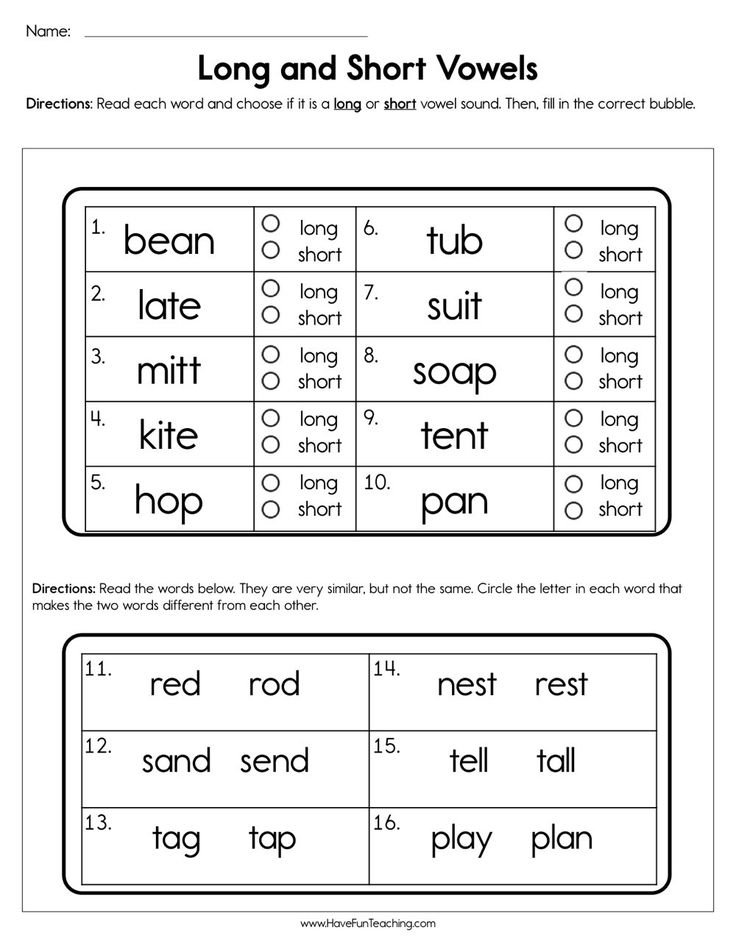 You’ll often hear teachers say that long vowels “say their name”.
You’ll often hear teachers say that long vowels “say their name”.
Long vowels are very common but they can be tricky because there are so many spellings for each long vowel sound.
There are actually 4 ways to make long vowel sounds:
- Vowels at the end of a syllable make the long sound. For example, in the words me and halo (ha-lo) the vowels are all at the end of a syllable so they make the long sound.
- Silent e makes the previous vowel long. The words bike and phone have a silent e at the end that makes the previous vowel long.
- Vowel teams can make the long sound. Vowel teams work together to make one sound, and usually, it’s a long vowel sound. For example, boat and meat both have vowel teams that make the long sound.
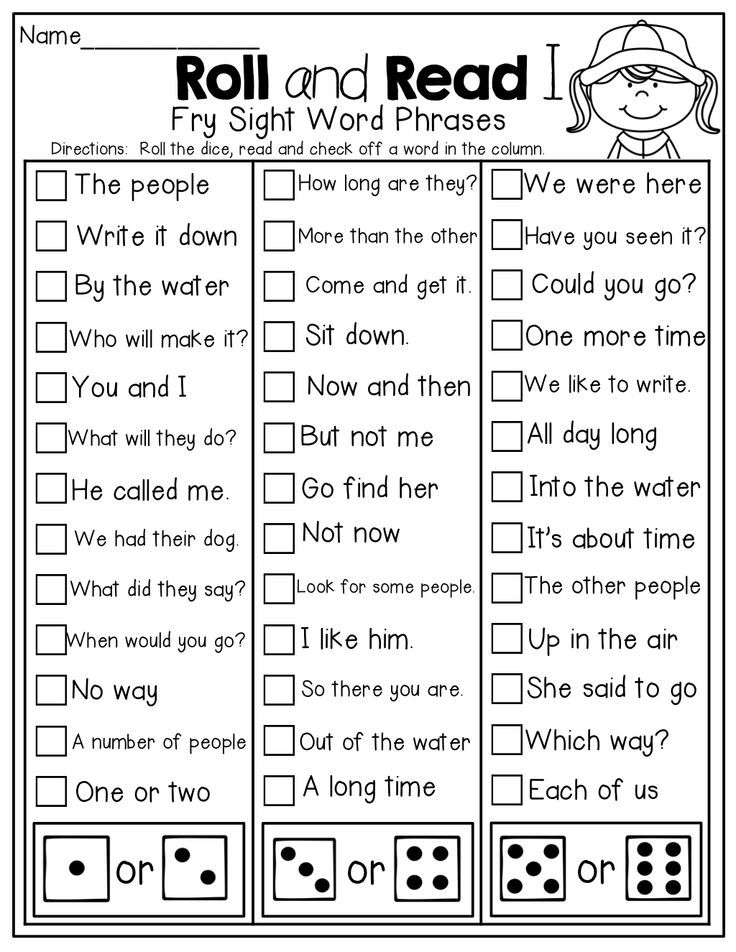
- I or O can be long when they come before two consonants. In words like cold and mind, i and o make a long vowel sound.
Long Vowel Words
Long vowel sound words are words that have vowels that say their name. Below are a few examples:
- Long a – baby, cake, rain, day, they, weigh
- Long e – me, eve, hear, meet, piece, candy
- Long i – silent, bike, light, my
- Long o – go, home, toe, boat, snow
- Long u – music, mule, pew, feud
Long A Sound
The long a sound can be represented by 8 different spelling patterns:
- a – baby
- a_e – cake
- ai – rain
- ay – play
- ei – reindeer
- eigh – weight
- ea – steak
- ey – they
Learn more about teaching the long a sound here, and check out my Long A Words Activities & Worksheets for printable activities.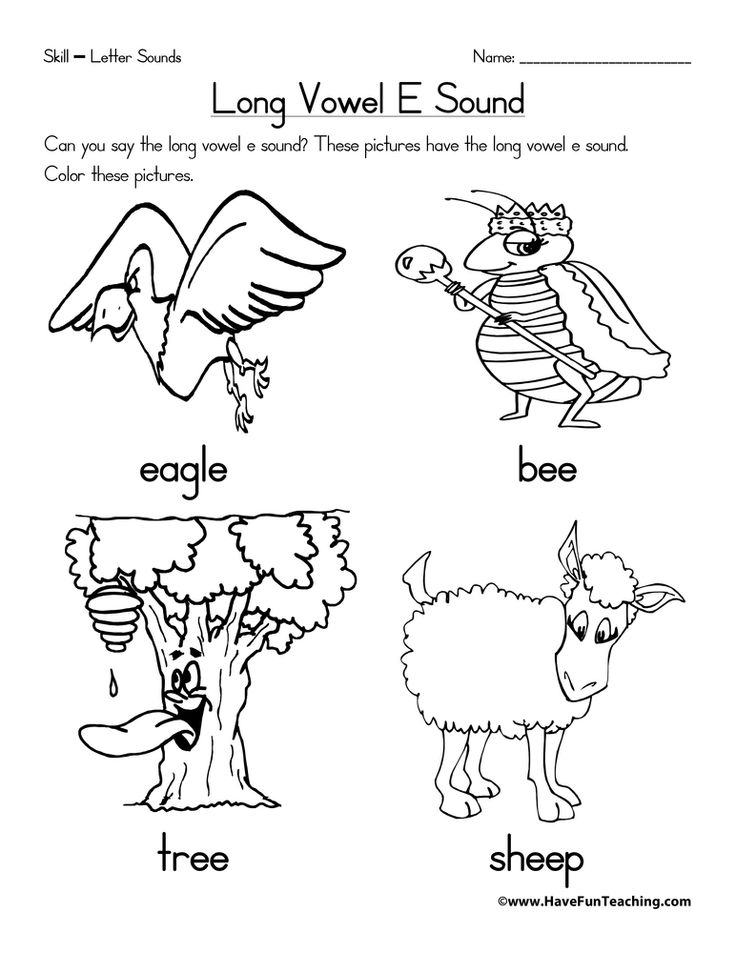
Long E Sound
The long e sound can be represented by 8 different spelling patterns:
- e – be
- e_e – eve
- ee – meet
- ea – beach
- ei – protein
- ie – piece
- ey – key
- y – candy
For ideas, tips, and tricks when teaching the long e sound, read this post all about teaching the long e vowel sound, and check out my Long E Words Activities & Worksheets for printable activities.
Long I Sound
The long i sound can be represented by 6 different spelling patterns:
- i – silent
- i_e – shine
- ie – pie
- igh – light
- y – my
- y_e – type
You can learn more about teaching the long I sound in this post. And check out my Long I Worksheets set in my shop for printable activities on the long i sound.
Long O Sound
The long o sound can be represented by 5 different spelling patterns:
- o – go
- o_e – phone
- oe – toe
- oa – boat
- ow – snow
You can learn more about teaching long o words and check out my long o worksheets.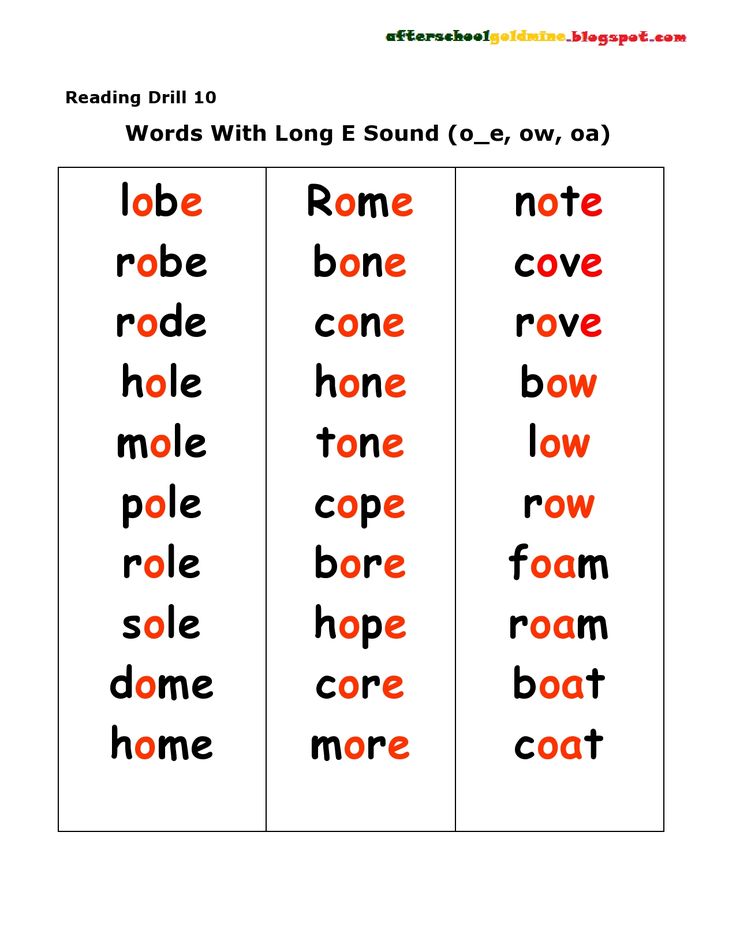
Long U Sound
The long u has two sounds: yoo (/y/ /oo/) and oo (/oo/).
The long u sound can be represented by 7 different spelling patterns:
- u – music
- u_e – mule
- ue – rescue
- eu – feud
- ew – few
- oo – food
- ou – soup
Learn more about teaching the long u sound here.
Tips for teaching the long vowel sounds
Teach one spelling pattern at a time!
I don’t mean one vowel sound, but just one spelling pattern. So for example, if you’re working on long a, you would work on the spelling pattern a silent e (cake, same, cave) until students have mastered it, then move on to ai, and so on. You should not be teaching multiple spelling patterns together, even though they make the same sound.
I know that most programs out there combine all the long vowel sound spelling patterns into one lesson, especially in spelling lists, but this does not work for struggling readers. You need to break it down for them and only do one at a time.
You need to break it down for them and only do one at a time.
Teach the syllable types.
Because syllables have a lot to do with whether vowels make the short or long sound, if students do not already know the 6 syllable types then teach them along with the long vowel sound.
Here are resources for each syllable type:
- closed syllable
- open syllable
- final silent e syllable
- vowel team syllable
- r combination syllable
- consonant le syllable
Use a variety of activities to practice each spelling pattern.
Games, dictation, word sorts, memory or matching with flashcards, word hunts, textured writing, body spelling, and bingo are all fun ways to practice the long vowel sounds.
The main activity that is often overlooked is dictation. It seems so simple but the task involves listening to a word, deciding on the spelling, and transferring that info to written form. These are all skills that struggling readers need to practice.
Teach the spelling generalizations.
Some of the long vowel spelling patterns are spelling rules that make it easy to remember.
For example, ai is usually found at the beginning or middle of a syllable, and ay is usually found at the end of a syllable. [Examples: rain, aim, play, daytime]
Here is another example with long o: oa is usually found at the beginning or middle of a word, and ow is usually found at the end. [Examples: boat, coach, snow]
Long Vowel Word List
I made these word lists to help teach the long vowels. I find it handy to have these on hand when playing phonics games or planning activities for long vowel lessons.
Grab them for free below!
Visit my Teachers Pay Teachers shop to see all my literacy products.Want to remember this? Save Long Vowel Sounds: Word Lists & Activities to your favorite Pinterest board!
Sharing is caring!
12884 shares
- Share
- Tweet
Delilah Orpi
Delilah Orpi is the founder of Thrive Literacy Corner.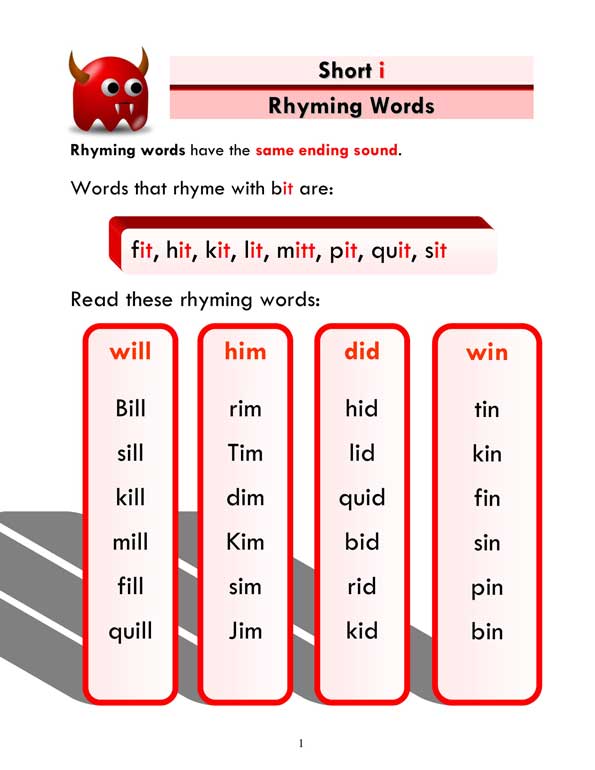 She has a Bachelor's degree in Special Education, a Master's degree in TESOL, and is a member of the International Dyslexia Association. She is an experienced educator and literacy specialist trained in Orton Gillingham and Lindamood Bell. Delilah creates literacy resources for educators and parents and writes to create awareness about dyslexia and effective literacy instruction based on the science of reading.
She has a Bachelor's degree in Special Education, a Master's degree in TESOL, and is a member of the International Dyslexia Association. She is an experienced educator and literacy specialist trained in Orton Gillingham and Lindamood Bell. Delilah creates literacy resources for educators and parents and writes to create awareness about dyslexia and effective literacy instruction based on the science of reading.
Similar Posts
Parents | Phonics
How to Teach Phoneme Segmentation
ByDelilah Orpi
Phoneme segmentation is a foundational skill for reading and writing. It’s important to start teaching phoneme segmentation skills early so children can develop this skill before it becomes more difficult to learn. Mastering phoneme segmentation helps readers break apart sounds in a word, blend them together, and read! Here are five activities you can do…
Read More How to Teach Phoneme SegmentationContinue
Phonics
How To Teach Silent E Words – The Vowel-Consonant-E Syllable
ByDelilah Orpi
Next up in my syllables series is the vowel-consonant-e syllable, also known as CVCe, Magic E, Silent E, Sneaky E, Bossy E, and a few other fun names.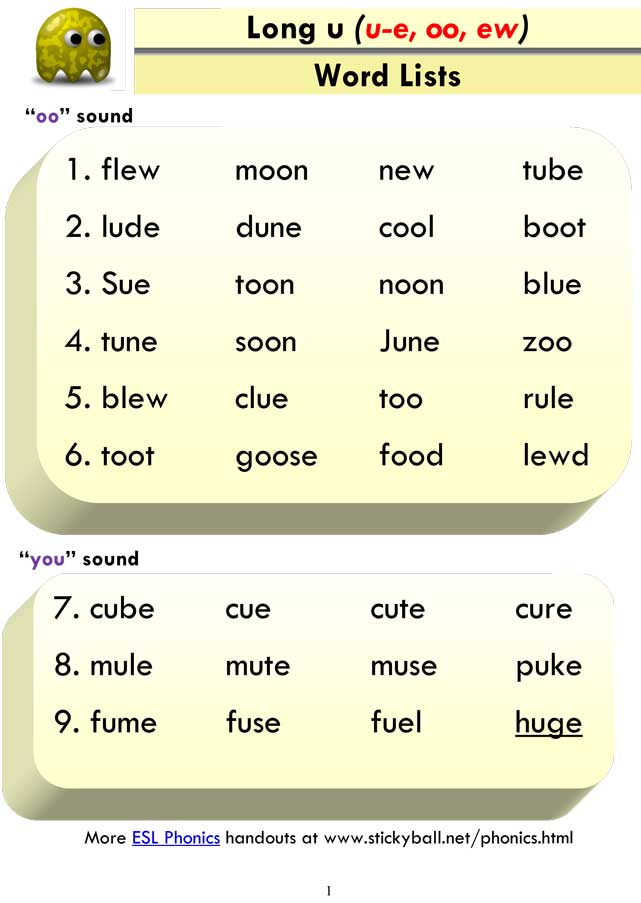 In this post, I’ll explain what the vowel-consonant-e syllable is and how to teach it using multisensory methods so your students can read silent e words. If…
In this post, I’ll explain what the vowel-consonant-e syllable is and how to teach it using multisensory methods so your students can read silent e words. If…
Read More How To Teach Silent E Words – The Vowel-Consonant-E SyllableContinue
Phonics | Spelling
All About the Floss Rule
ByDelilah Orpi
Do you wonder why some words are spelled with a double consonant at the end, like miss, and others aren’t (like rob)? There is actually a reason this happens, and it’s called The Floss Rule. The Floss Rule helps you know when to double the final consonant and it’s a pretty easy rule to learn….
Read More All About the Floss RuleContinue
Phonics | Reading Comprehension | Spelling
How To Set Up Literacy Blocks That Align With the Science of Reading
ByDelilah Orpi
Since I have written about the science of reading, heart words, and explicit phonics instruction, so many of you have reached out and asked, “so how do I set up my literacy block and work with students in small groups?” I know it can be overwhelming learning that what you’ve been doing needs to change,…
Read More How To Set Up Literacy Blocks That Align With the Science of ReadingContinue
Phonics | Reading Comprehension | Spelling
Highly Effective Dyslexia Interventions and Programs
ByDelilah Orpi
With dyslexia being estimated as occurring in 1 out of 5 students in a typical classroom, you might be looking for some effective dyslexia interventions and programs.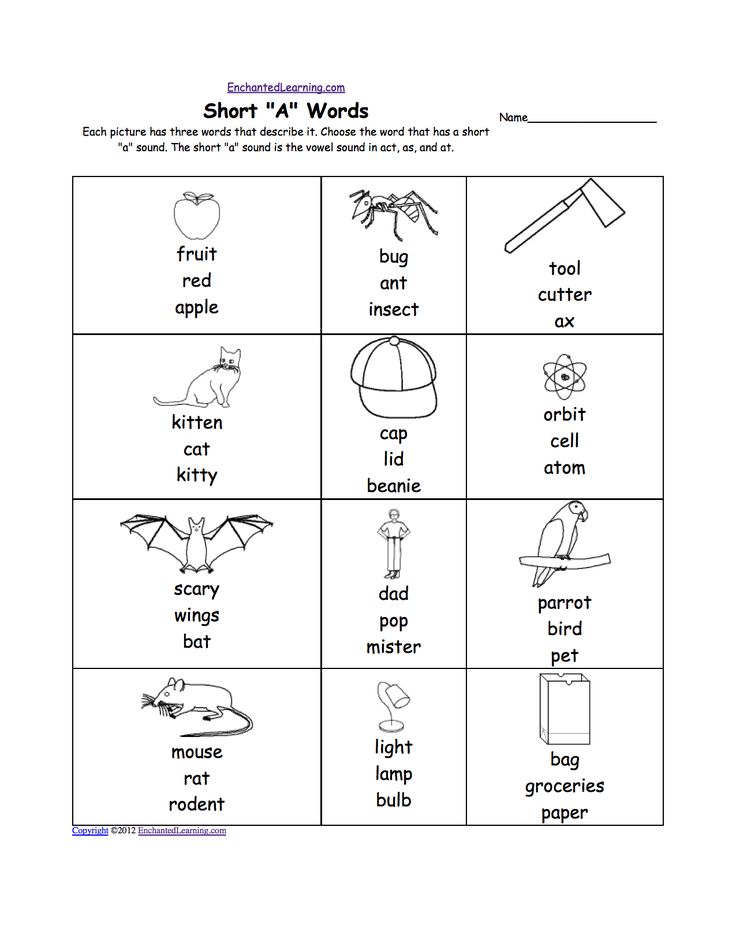 Before explaining strategies you can use to help dyslexic students, you should really understand dyslexia. It is a language-based learning disability that will require a multisensory, structured language…
Before explaining strategies you can use to help dyslexic students, you should really understand dyslexia. It is a language-based learning disability that will require a multisensory, structured language…
Read More Highly Effective Dyslexia Interventions and ProgramsContinue
Phonics | Reading Comprehension | Spelling
Reading Assessments To Evaluate Decoding and Encoding
ByDelilah Orpi
Whether it’s the beginning of the school year and you need to perform reading assessments, you’re working with a new student one-on-one, or you’re checking progress mid-year, there are a variety of reading assessments you can choose from to inform your instruction. In this post, I’m sharing my top picks for reading assessments that evaluate…
Read More Reading Assessments To Evaluate Decoding and EncodingContinue
Sounds uː, ʊ, ʊǝ - examples, pronunciation, tongue twisters
We continue the phonetic rubric, the slogan of which is: English sounds are not equal to Russian ones.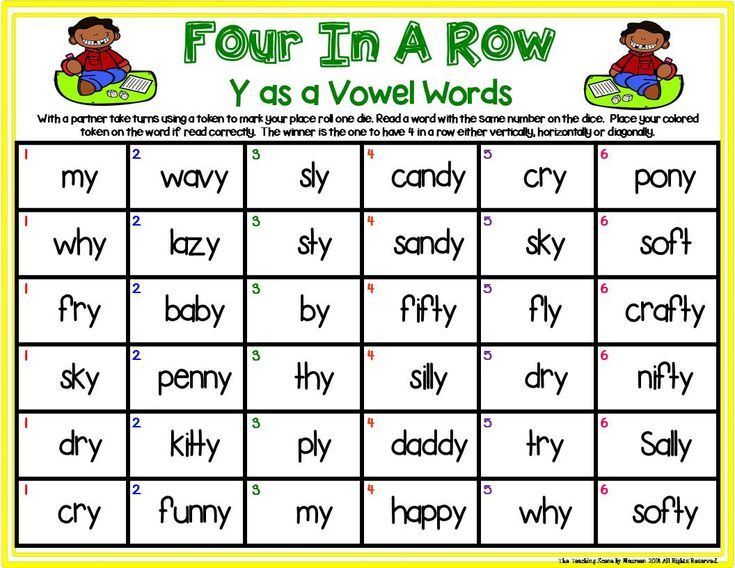 To learn the correct pronunciation, we have developed a recipe: we take a “bunch” of similar sounds, compare them with each other and with their Russian counterparts. Then we practice pronunciation and literally “train” the speech apparatus to the correct position with the help of several dozen example words and tongue twisters.
To learn the correct pronunciation, we have developed a recipe: we take a “bunch” of similar sounds, compare them with each other and with their Russian counterparts. Then we practice pronunciation and literally “train” the speech apparatus to the correct position with the help of several dozen example words and tongue twisters.
A line from a famous song will help to fix the result, which will cut into the auditory memory and will not let you forget the sound!
Today we will take sounds similar to the Russian sound |у| is a long diphthongoid |uː|, short |ʊ| and the diphthong |ʊǝ|.
Long sound |uː| - round, but do not stick out
Pronounced in the words goose, too, rule , etc. This sound is very similar to ours, but there are two main differences:
1. English | uː | is a diphthongoid. That is, this is one sound, but we hear in it the “overtone” of the second sound (also | u |, but deeper), because the tongue and lips slightly change their position during pronunciation: the tongue moves back and up in the oral cavity.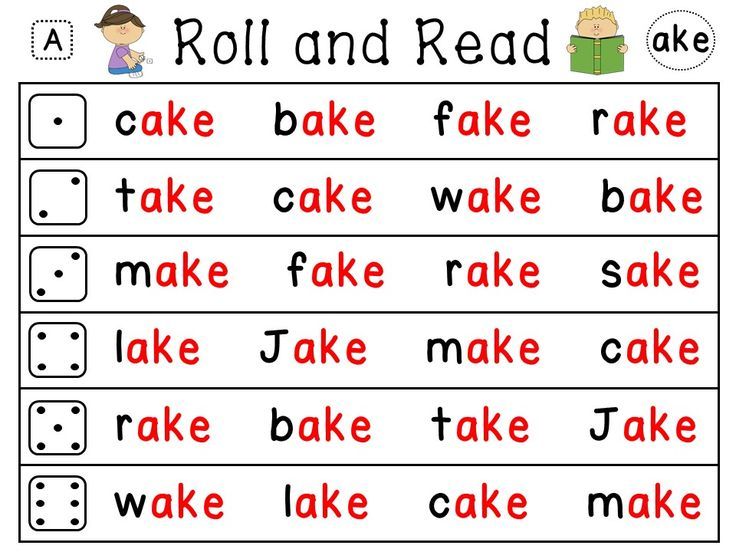 The lips are visibly rounded at the beginning and become even more rounded as the tongue moves.
The lips are visibly rounded at the beginning and become even more rounded as the tongue moves.
2. To speak English | uː | lips are rounded, but not protruding forward. To see the difference, compare the two pictures. At the first, Russian-speaking singer Keti Topuria pronounces the word " y I fly" in the song of the same name. In the second picture, the English-speaking presenter from the previous video says one of the example words.
Think you can see the difference? 🙂
As a bonus, I'll tell you about one more important point: in combination | ju: |, which may remind you of the sounds of our letter "yu" (as in the word " yu la" ) - the preceding vowel is not softened! For example, in the words f ew, n ew, t une - we first pronounce the hard consonant and only then raise the middle back of the tongue to the hard palate for | | ju: |.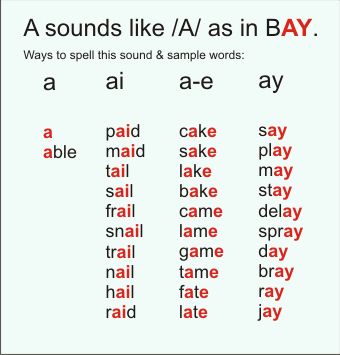
Got it? Did you catch the differences? We begin to work out the correct position on a set of words.
goose |ɡuːs|
who |huː|
through |θruː|
few |fjuː|
group |ɡruːp|
move |muːv|
you |juː|
threw |θruː|
yew |juː|
too |tuː|
tool|tuːl|
tooth |tuːθ|
cool |kuːl |
rule |ruːl |
school |skuːl |
use |juːz|
tune |tjuːn|
fool |fuːl |
soon |suːn|
new |njuː|
do |duː|
two |tuː| oo ms and fr ui t j ui ce.
Pronounced in the words look, good, book , etc.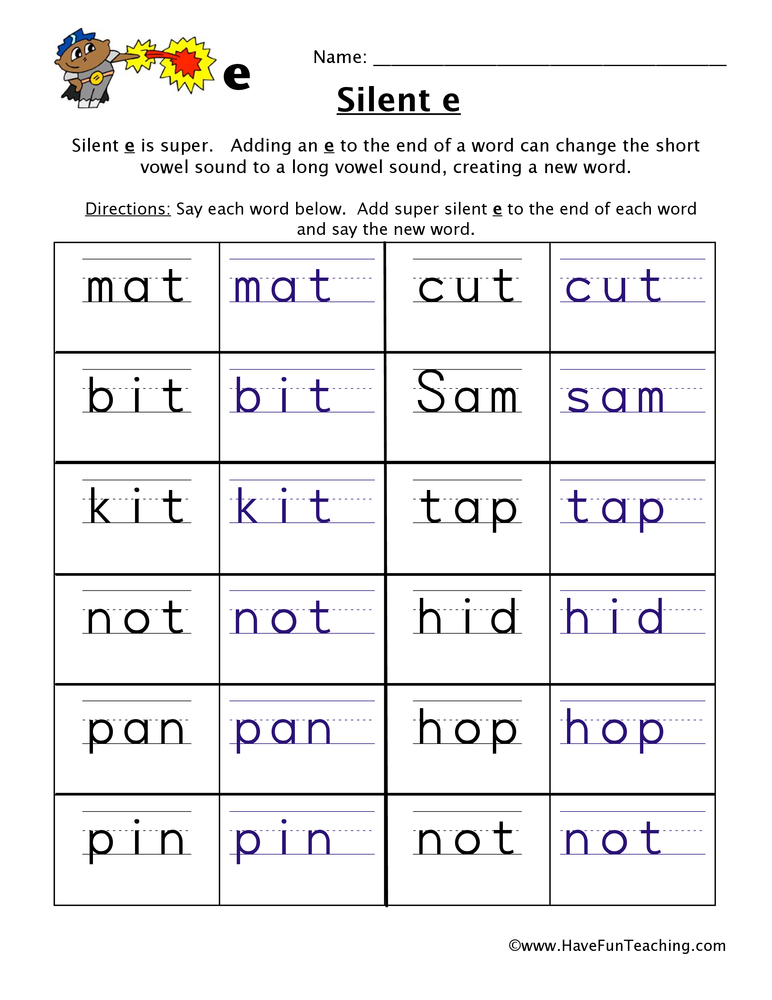 It also differs significantly from Russian | at |. Firstly, the position of the tongue: it is not tense, pulled back, but not very far (in the Russian version, the tongue is pulled back further). The back of the tongue rises to the front of the soft palate not so high - up to half the distance.
It also differs significantly from Russian | at |. Firstly, the position of the tongue: it is not tense, pulled back, but not very far (in the Russian version, the tongue is pulled back further). The back of the tongue rises to the front of the soft palate not so high - up to half the distance.
The second important difference is the position of the lips: they don't round as much. In fact, the lips need to be rounded, as for our | o |, but the mouth is not open so wide. The lips hardly protrude.
Let's start the practice with words. Take the desired position of the mouth - and get to work!
could |kʊd|
full |fʊl |
foot |fʊt|
pull |pʊl|
should |ʃʊd|
look |lʊk|
put |pʊt|
good |ɡʊd|
took |tʊk|
book |bʊk|
hook |hʊk|
crook |krʊk|
brook |brʊk|
cook |kʊk|
took |tʊk|
bull|bʊl|
hood |hʊd|
would |wʊd|
wool |wʊl |
push |pʊʃ|
puss |pʊs|
soot |sʊt|
woman | ˈwʊmən|
sugar | ˈʃʊɡə r |
The next step - tongue twisters with sound | ʊ |.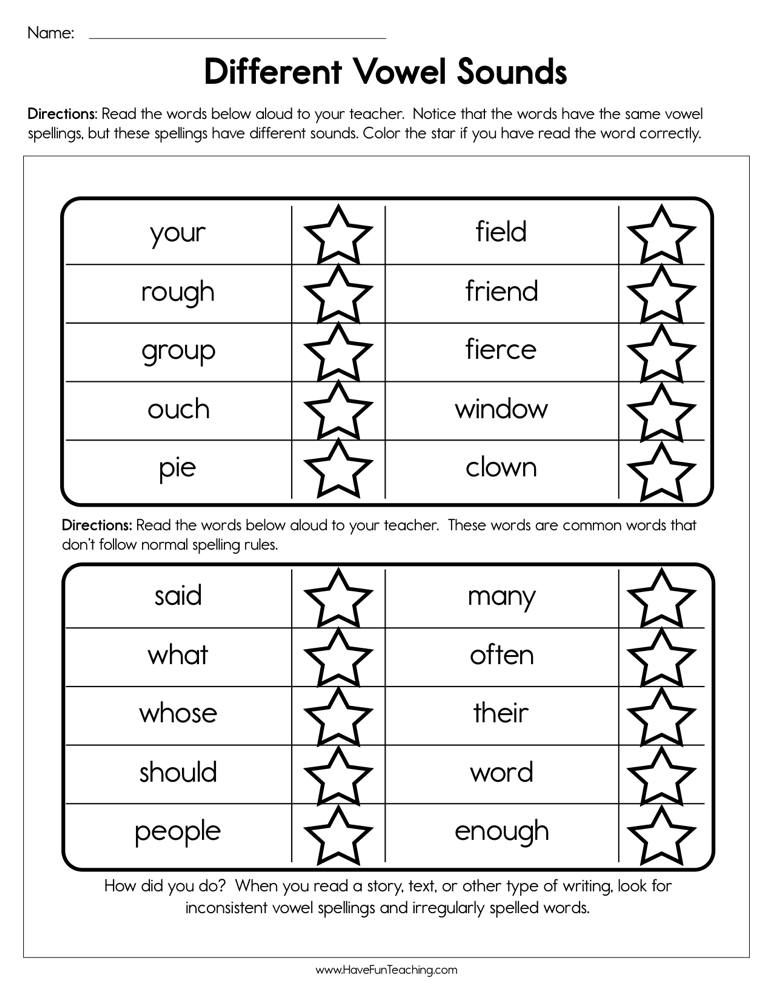
- A g oo d-l oo king w o man c oo ks c oo kies with s u gar and g oo seberry from a g oo d c oo kb oo k.
- G OO D F U LLLERS ARE G OO D At F U Lening W OO L, G OO OO KS ARE G G 11111111111111110IA G G. oo kies, g oo d b oo kmen are g oo d at f oo tnoting b oo ks. C ou ld g oo d b oo ksellers be g oo d at b oo king b oo ks?
- A c oo k's b OO Ksheelf is F U LL of C OO KB OO KS, A B OO KMAN’S B KCASE IS F U LL OFA G OO 0 LL OF
And the last thing is the song.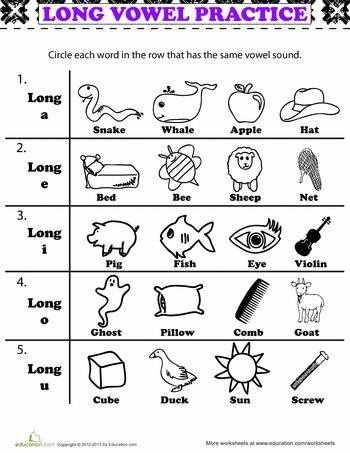 For this sound, I propose to dwell on the song of the singer La'Porsha Renae - "Good Woman".
For this sound, I propose to dwell on the song of the singer La'Porsha Renae - "Good Woman".
You got a g oo d g oo d g oo d g oo d w0014
Cuz I'm a real g oo d g oo d g oo d good w o man (woman)
But even g oo d women go bad when they go through what you p u t me through
Sound |ʊǝ| What is a diphthong?
Pronounced in words pure, sec u rity, tour etc . Let's start the conversation with what a diphthong is in principle. This is a combination of two vowels that are in one syllable . That is, when pronouncing this sound, the position of the speech apparatus changes , but at the same time you pronounce these “two sounds” together, without dividing them into syllables (as you divide, for example, in the Russian word p oe t - where "to" and "et" are two separate syllables).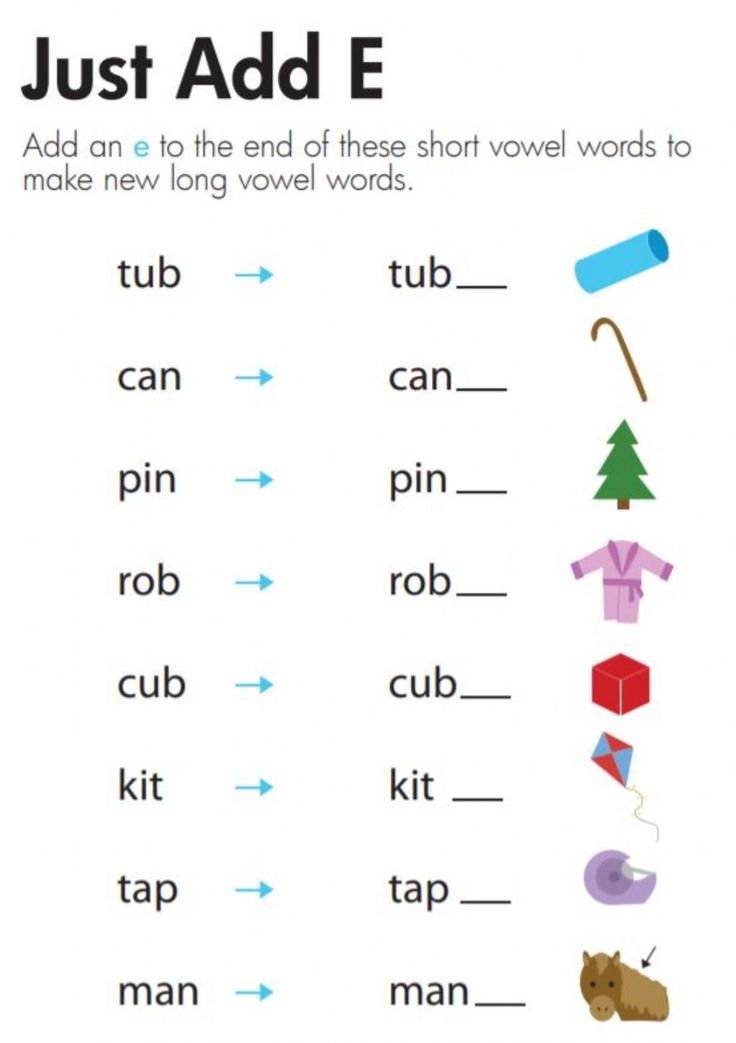
Do not confuse diphthong and diphthong oid (like the long |u: | we talked about above). In the diphthong and , the “overtone of the second sound” is similar in quality to the main sound, and in the diphthong the two components of the sound are very different from each other.
In a diphthong, one part is a syllable-forming nucleus (strong sound), and the second is a weak, muffled sound (I would say “echo of a sound”).
In our today's diphthong | ʊǝ | syllable-forming element is the sound | ʊ | (we just learned how to pronounce it). The second, weak element is the “seam” sound, which we talked about in another article. Only within this diphthong does it become even more faceless and unexpressed.
I must say right away that this diphthong in English is not so frequent. Moreover, in some words in modern English it is replaced by either the sound | ɔ: |, or simply on | ʊ | (especially in American English), or into 2 syllables: long sound | u: | + | ə |.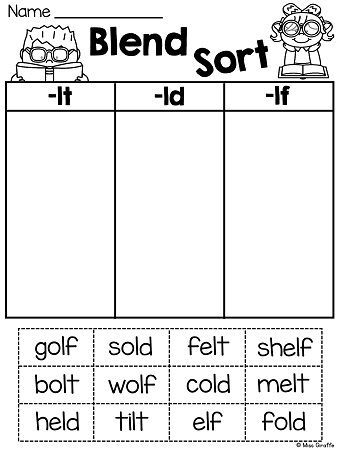 Read more here.
Read more here.
But still, I suggest you practice its pronunciation. First, do the following: say the word look |lʊk| several times (just in case, follow the link and speak along with the voice acting). Now, without changing the position for the sound | ʊ |, say the word lure |lʊə r |. Ready!
Next, we begin to practice on other words. I repeat: there are not many of them.
tour |tʊə r |
pure |pjʊə r |
cure |kjʊər|
lure |lʊə r |
during | ˈdjʊərɪŋ|
security |sɪˈkjʊərəti |
endure |ɪnˈdjʊə r |
furious | ˈfjʊəriəs|
fury | ˈfjʊəri |
impure |ɪmˈpjʊə r |
manicure | ˈmænɪkjʊə r |
neuron | njʊərɒn|
spurious | ˈspjʊəriəs|
Let's not skip a step with tongue twisters:
- I'll s ure ly speak fl ue ntly after a t ou r to Eu rope.

- The j u ry got f u rious and m ur ed the p oo r p u ritan.
- The M Oor S Havy Always L Ure D Sir C UR IE, BUT D U RING HIS T R TOT M 9010IR OO 11111111111110 RS POLS ie was cr ue lly removed from his b ureau for truancy.
In conclusion - a song. I settled on "Pure Love" by Ronnie Milsap (word pure ).
Pure love, baby it's pure love We continue the countdown of the parsed sounds of the English language. After the last workshop, we had 22 sounds left. So at the moment there are only 22 - 3 = 19 ahead. 🗣️ We will help you to speak English without hesitation Start learning 144.1K Sometimes you talk to a foreigner in English, but he doesn't understand you. In English, the number of words that are not pronounced at all as they are written is very high - this is the result of historical changes and the standardization of written English in the 17th century. Knowing how English sounds are read, you can almost always read even the most intricate word. The English alphabet has 26 letters, 20 vowels and 23 consonants. The more you delve into the English language, the more difficult words you will meet along the way. The science of phonetics will come in handy here, just in time. And we will share life hacks on the study of this topic. In order to study all possible variations of sounds, linguists have developed an alphabet that contains special characters. These symbols are used in modern transcriptions of English words. Transcription, by the way, is a graphic representation of sounds. Indicate the transcription in square brackets. Let's look at the examples below, how one letter can be read in two different ways. The difference in pronunciation can depend on the type of syllable, the position of the letter in the word, and whether the vowel is stressed. However, it is worth trying to learn the pronunciation of sounds and various combinations of sounds. There is no division into short and long consonants in Russian. In English, the incorrect pronunciation of such vowels leads to significant changes in the meaning of the word. So, for example, confusing the short and long sound [i] (read as “and” in the Russian word “game”), you can accidentally say “I boarded a sheep” - I boarded a sheep [ʃ iː p], not "I boarded a ship" - I boarded a ship [ʃ ɪ p]. English proficiency test This English proficiency test was compiled by the Skysmart online school tutors. They prepared interesting and relevant tasks on modern topics to make the test both useful and interesting Below is a table of all known English phonemes. All consonants are located on a yellow background and differ in font color. Voiceless consonants ( voiceless/unvoiced ) are marked in gray, and voiced ones ( voiced ) - black. How many English words do you already know? Let's define your vocabulary - without complex questions and with the help of smart algorithms. In English, sounds are divided into two groups: vowels and consonants. Let's take a look at them. Another effective way to quickly memorize English sounds is to sign up for English lessons for children 8 years old online at Skysmart School. Your A in English. With detailed homework solutions from Skysmart From the school curriculum of the Russian language, we remember that the main characteristic of vowel sounds is their melodiousness. This is due to the fact that when pronouncing a vowel sound, the air passing through the vocal cords vibrates and the sound freely leaves the oral cavity without encountering any obstacles in its path. Here is the rule for pronunciation of vowels: Vowel IPA Sample words Vowel IPA Sample words /a/ æ c a t /oo/ - l oo k, w ou ld, p u t /e/ and p e g, br ea d /ar/ ɑ: c ar t, f a st (regional) /i/ ɪ p i g , g i ve /ur/ ɜ: b ur n, f ir st, t er m, h ear d, w or k /o/ ɒ l o g, w a nt /au/ ɔ: t or n, d oor , w ar n, h au l, l aw , c a ll /u/ - pl u g, l o ve /er/ ə wood e n, circ u s, sist er /ae/ eɪ p ai n, d ay , g a t e , st a tion /ow/ aʊ d ow n, sh ou t /ee/ i: sw ee t, h ea t, th ie f, th e s e /oi/ ɔɪ c oi n, b oy /ie/ aɪ tr ie d, l igh t, m y , shin e , m i nd /air/ eə st air s, b ear , h are /oe/ or r oa d, bl ow , b o ne, c o ld /ear/ ɪə f ear , b eer , h ere /ue/ u: m oo n, bl ue , gr ew , t u ne /ure/ ʊə p ure , c u re When articulating a sound, the air flow encounters obstacles in its path formed by the organs of speech: tongue, lips, teeth and alveoli. Consonant IPA Sample words Consonant IPA Sample words /b/ b b aby /r/ r r abbit, wr ong /d/ d d og /s/ s s un, mou se /f/ f f ield, ph oto /t/ t t ap /g/ g g ame /v/ v v an /h/ h h at /w/ w w as /j/ - ju dg e, g iant, bar ge /y/ and es /k/ k c oo k , q ui ck , mi x , Ch ris /z/ z z ebra, plea se , i s /l/ l l amb /th/ - th en /m/ m m onkey, co mb /th/ θ th in /n/ n n ut, kn ife, gn at /ch/ - ch ip, wa tch /ng/ ŋ ri ng , si n k /sh/ ʃ sh ip, mi ss ion, ch ef /p/ p p a p er / - trea s ure English cheat sheets for parents All English formulas at hand Natalya Naumova for the previous article 147.
Milk and honey and Captain Krunch and you in the morning Let's sum it up: analogues of Russian |у|
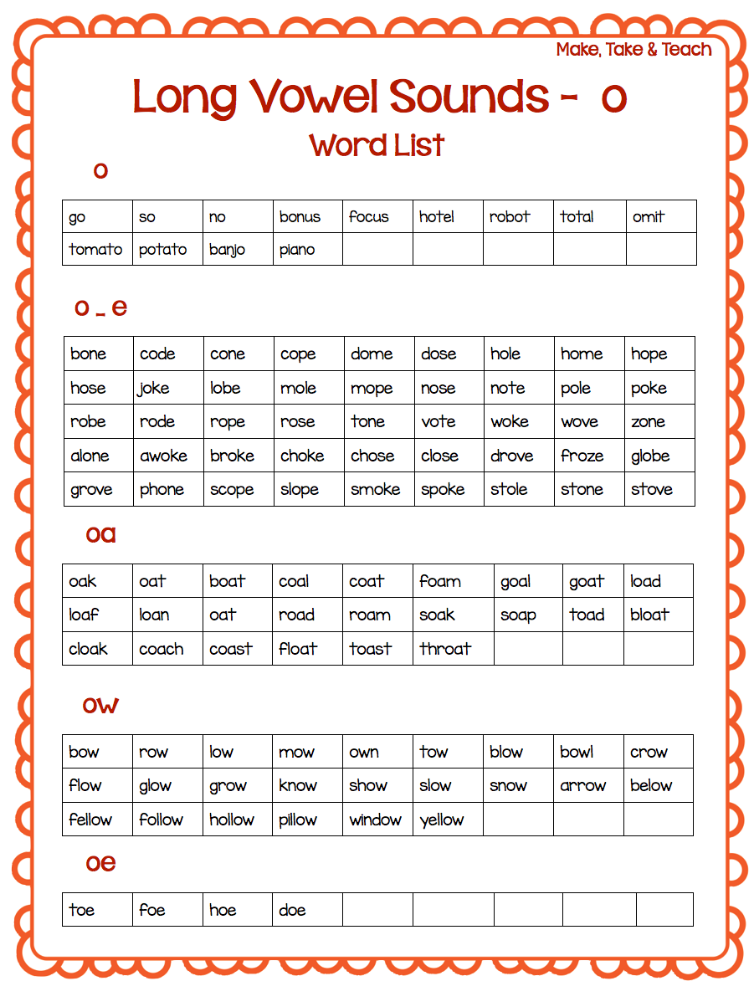 The lips are rounded at first and, as the tongue moves, they become even more rounded. But do not bulge forward!
The lips are rounded at first and, as the tongue moves, they become even more rounded. But do not bulge forward! We don't say goodbye!
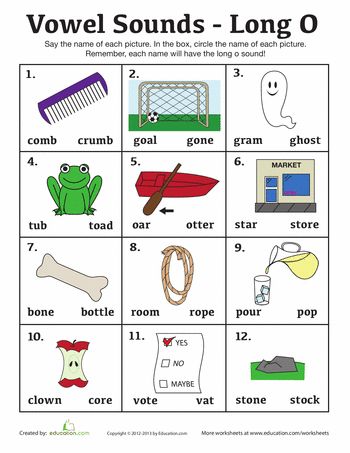 And then you find out that the letter “a” alone can be pronounced in six different ways. We understand English sounds in order to sound correctly and speak the same language with foreigners.
And then you find out that the letter “a” alone can be pronounced in six different ways. We understand English sounds in order to sound correctly and speak the same language with foreigners. Transcription of English sounds
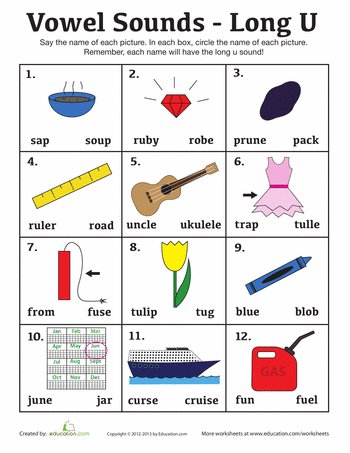 This alphabet was called International Phonetic Alphabet (International Phonetic Alphabet).
This alphabet was called International Phonetic Alphabet (International Phonetic Alphabet).

General Table of Consonants and Vowels of English (IPA)
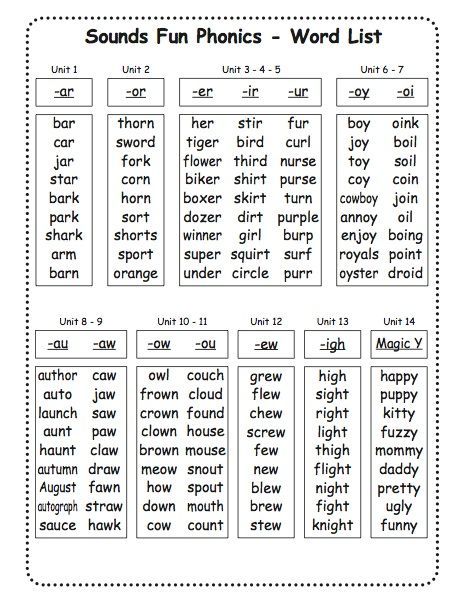 The vowels are in the gray area and the consonants are in the yellow area. Short and long vowels are indicated on a light gray background, and diphthongs - sounds consisting of two elements - are located on a dark gray background.
The vowels are in the gray area and the consonants are in the yellow area. Short and long vowels are indicated on a light gray background, and diphthongs - sounds consisting of two elements - are located on a dark gray background. Classification of sounds in English
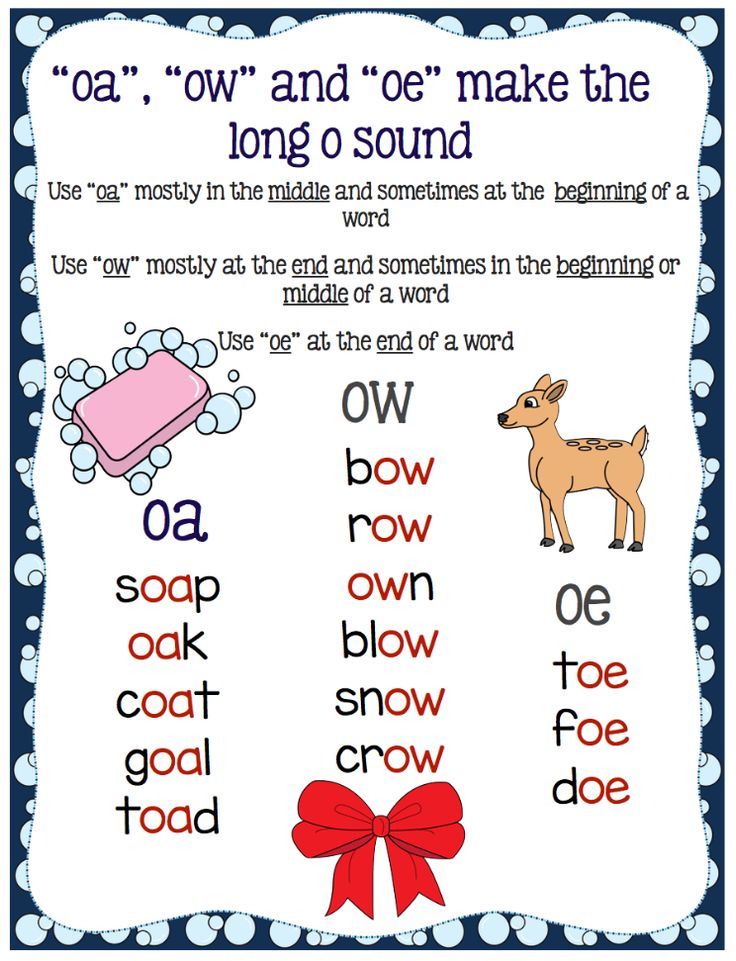
Vowel sounds of the English language
Consonant sounds of the English language
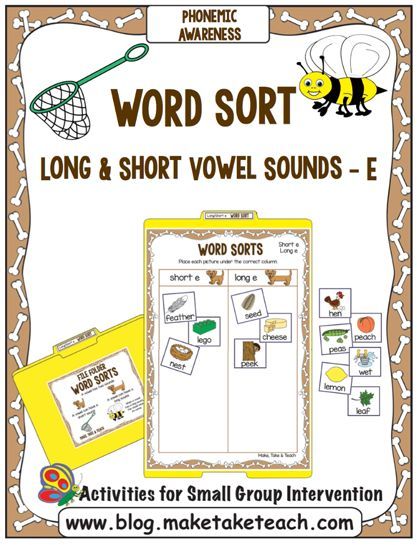 Passing through these barriers, air passes through the gap and noise is created.
Passing through these barriers, air passes through the gap and noise is created.
